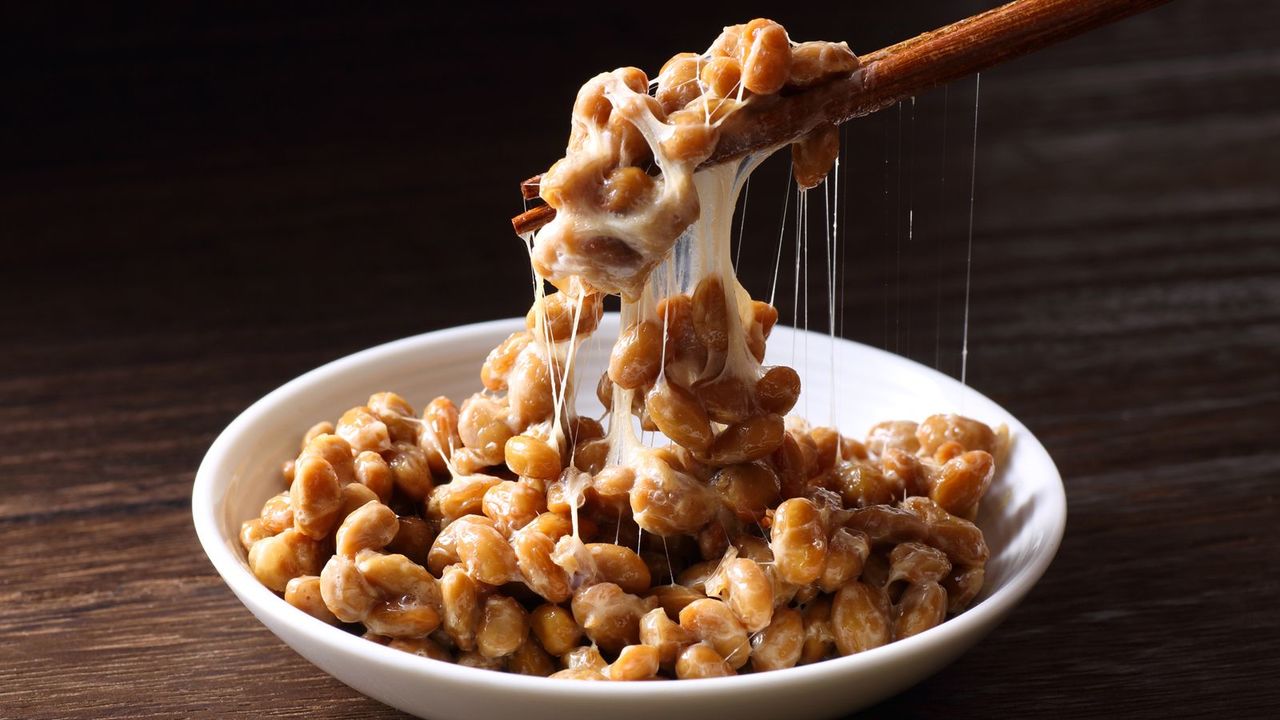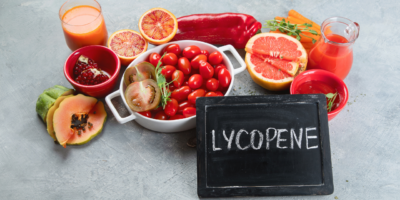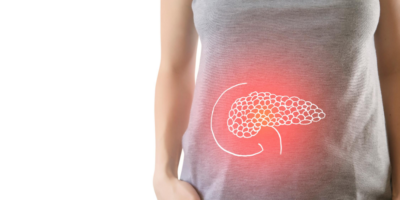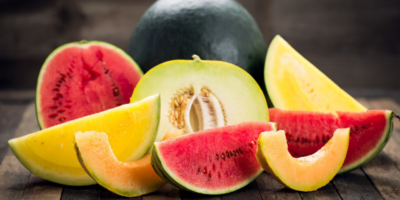When mothers see babies showing signs of diarrhea, constipation, or bloating, they immediately buy digestive aids without discrimination. This habit can adversely affect a child’s weak digestive system. The digestive aid products currently on the market are divided into two types: digestive enzymes and probiotics, with different uses and users. To be safe and effective when used, people need to distinguish between digestive enzymes and probiotics. Let’s find out.


1. Distinguish 2 types of yeast
1.1 Enzymes


Enzymes are produced by the digestive glands in the body, which help digest and absorb food. These include :
- The amylase of the salivary gland breaks down cooked starch
- Hydrochloric acid (HCl) and the enzymes pepsin, lipase of the stomach. They help soften the food, pepsin enzymes cut the protein into short polypeptide chains.
- The enzymes of pancreatic juice include: amylase enzyme that digests starch, protein digestive enzymes include: trypsin, chymotrypsin, the pancreatic fat enzyme is lipase (after fat is emulsified by bile salt). The liver secretes bile acids and bile salts, which play an important role in dissolving fats, enabling lipase enzymes to digest fats.
1.2 Probiotics


✅ Probiotics are synthetic preparations that help replenish beneficial bacteria, in order to create a balance of bacteria in the digestive system and inhibit harmful bacteria that cause diseases as well as toxins. There are more than 400 species of beneficial bacteria and harmful bacteria living in balance in the digestive tract of ordinary people. When the balance of the bacterial system is broken, it will cause digestive problems such as diarrhea. This is the time when the body needs probiotics to balance the intestinal flora.
2. Use Enzymes or Probiotics
2.1 With digestive enzymes
- If anorexic children are accompanied by malnutrition, passing stool, etc., we can use digestive enzymes.
- Cases of reducing digestive enzyme secretion, reducing acidosis in the stomach, patients suffering from atrophic gastritis … using digestive enzymes are really useful. In this case, you should be tested and consulted by a doctor before taking digestive enzymes.
- For children with poor absorption, along with digestion, little digestive enzymes may be beneficial.
- Newly ill people, people with weak fitness should use digestive enzymes to digest normally, helping the body recover faster.
2.2 With Probiotics


- In the case of a child who has recently taken an oral antibiotic, it will lead to a balance in the intestinal flora with signs of diarrhea, diarrhea, indigestion, abdominal distention, digestive disorders … use.
- You want to increase the ability of your intestine to absorb vitamins.
- Strengthen the body’s immune system. You know: 80% of the body’s immune barrier is located in the digestive tract.
- Note: should take probiotics after taking antibiotics for about 2 hours, avoiding the beneficial bacteria inadvertently destroyed by antibiotics if using antibiotics and probiotics close to each other.
3. The food is good for intestinal microflora


✅ An imbalance in the intestinal microflora is the cause of digestive disorders. This usually happens due to a decrease in the ratio between beneficial bacteria and harmful bacteria in the digestive tract. The following foods help replenish the probiotics and nutrients for them to grow, making the digestive tract healthy.
- Yogurt: Yogurt contains probiotics, which are probiotics in the digestive tract, which help improve digestion and keep the intestinal tract healthy. Probiotics can help solve digestive problems like bloating, constipation, and diarrhea.
- Kefir (Milk Mushroom): Milk mushrooms are a type of microbiological fermented beverage such as yogurt, which aids in the digestion of milk sugar. Many studies have shown that milk mushrooms increase beneficial bacteria to help intestinal health, improve digestion, and kill harmful bacteria.
- Chia seeds: Chia seeds are an excellent source of fiber. When ingested, chia seeds form a gelatin-like substance in the stomach. This substance acts as a prebiotic, supporting the growth of beneficial bacteria in the intestine.
- Kombucha Tea: As a fermented tea, Kombucha is fermented by adding strains of bacteria, sugar, and yeast to black or green tea. The fermentation process can take 1 week or more. A variety of biological bacteria are created during fermentation, contributing to improved digestive health. In addition, Kombucha tea also works to treat stomach ulcers.
- Tempé: Tempé is a traditional dish made from fermented soybeans originating from Indonesia, which is a good source of biological bacteria. Probiotics create a lining in the intestinal tract to protect them from harmful bacteria. At the same time, studies show that this probiotic also helps to reduce irritable bowel syndrome, prevent diarrhea, and reduce flatulence.
- Beets: Beets are a good source of fiber. In 136 grams of radish contains 3.4 grams of fiber. Did you know that although our body cannot absorb fiber, it is an important source of nutrients for the intestinal flora? There are several common ways to add radish to the body: making salads, smoothies, etc.
- Miso: Miso is known as a Japanese spice that is seasoned in soup, like soy sauce. Miso contains probiotics, like other fermented foods, which help improve digestion by increasing beneficial bacteria in the intestinal tract.
- Kimchi: Kimchi is made from fermented cabbage, which also contains probiotics, which is beneficial for digestion and promotes the growth of beneficial bacteria in the colon. The longer the fermentation process of kimchi, the higher the concentration of probiotics. Kimchi also contains a rich source of fiber, which promotes digestion and promotes gut health.
- Dark green vegetables: Green vegetables are an excellent source of insoluble fiber. This source of fiber is a nutrient for the intestinal microflora and helps reduce constipation effectively.
- Natto: Like tempé, natto is made from fermented soybeans. Natto contains probiotics that work to fight toxins and harmful bacteria, and increase the beneficial bacteria in the intestines, helping to improve digestion.
4. Recommended for you :
🎁 BioSchwartz | Probiotic 40 Billion CFU


✅ At BioSchwartz, they believe a healthy gut is a happy gut. Their mission is to empower you to elevate your quality of life through superior supplements. Their supplements are made with superior-quality ingredients to help you achieve optimal health from the inside out. Their top-selling Probiotic features the MAKTrek patented stomach acid protection and delivery system. This can allow strains to survive stomach acid and reach deep into the small intestine to support a healthy gut. Their advanced strength formula can even reach your large intestine. Adding probiotics to your daily routine has been shown to potentially help with:
- Supporting Digestive Health
- Restoring Natural Balance
- Immune System Support
- Promoting Regularity
- Boosting Nutrient Absorption
- Promoting Healthy Cholesterol






Leave a Reply